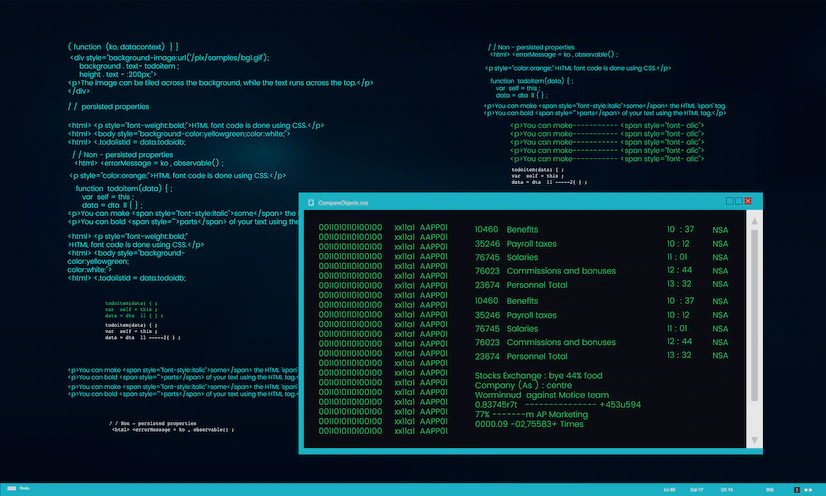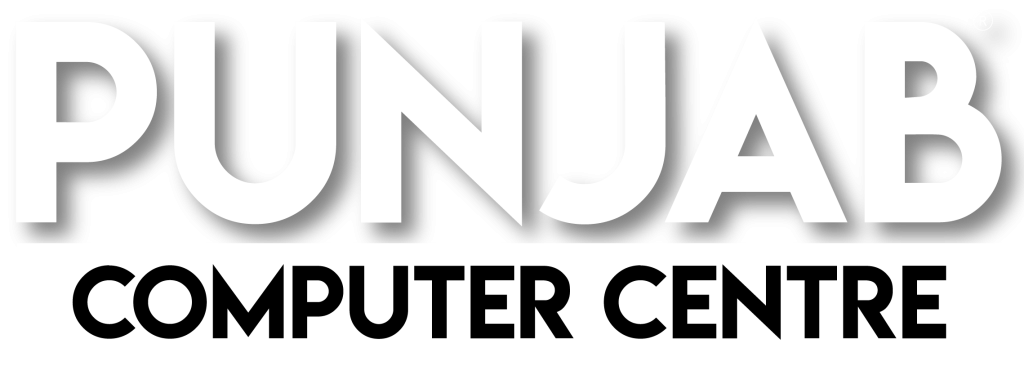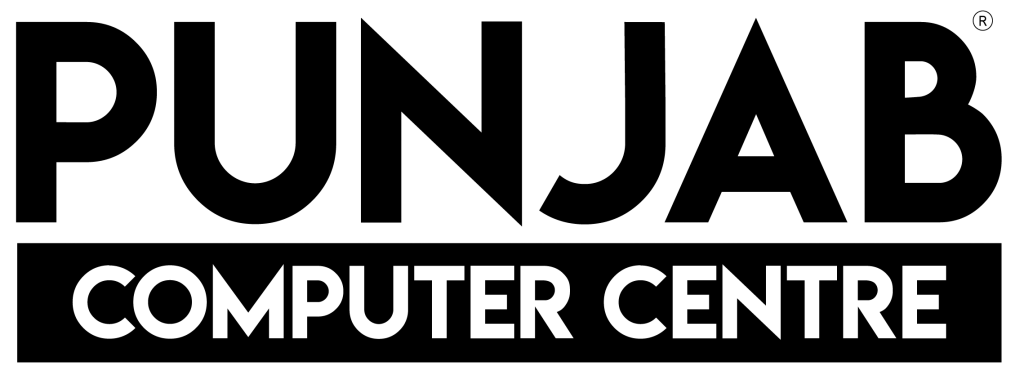Phython
Python is a high-level, general-purpose programming language. Its design philosophy emphasizes code readability with the use of significant indentation. Its language constructs and object-oriented approach aim to help programmers write clear, logical code for small- and large-scale projects.
Python is dynamically-typed and garbage-collected. It supports multiple programming paradigms, including structured (particularly procedural), object-oriented and functional programming. It is often described as a “batteries included” language due to its comprehensive standard library.
Guido van Rossum began working on Python in the late 1980s as a successor to the ABC programming language and first released it in 1991 as Python 0.9.0. Python 2.0 was released in 2000 and introduced new features such as list comprehensions, cycle-detecting garbage collection, reference counting, and Unicode support. Python 3.0, released in 2008, was a major revision that is not completely backward-compatible with earlier versions. Python 2 was discontinued with version 2.7.18 in 2020.

What is Python used for?
Python is commonly used for developing websites and software, task automation, data analysis, and data visualization. Since it’s relatively easy to learn, Python has been adopted by many non-programmers such as accountants and scientists, for a variety of everyday tasks, like organizing finances.
Why Python so popular?
Python is popular for a number of reasons. Here’s a deeper look at what makes it so versatile and easy to use for coders.
It has a simple syntax that mimics natural language, so it’s easier to read and understand. This makes it quicker to build projects, and faster to improve on them.
It’s versatile. Python can be used for many different tasks, from web development to machine learning.
It’s beginner friendly, making it popular for entry-level coders.
It’s open source, which means it’s free to use and distribute, even for commercial purposes.
Python’s archive of modules and libraries—bundles of code that third-party users have created to expand Python’s capabilities—is vast and growing.
Python has a large and active community that contributes to Python’s pool of modules and libraries, and acts as a helpful resource for other programmers. The vast support community means that if coders run into a stumbling block, finding a solution is relatively easy; somebody is bound to have run into the same problem before.


